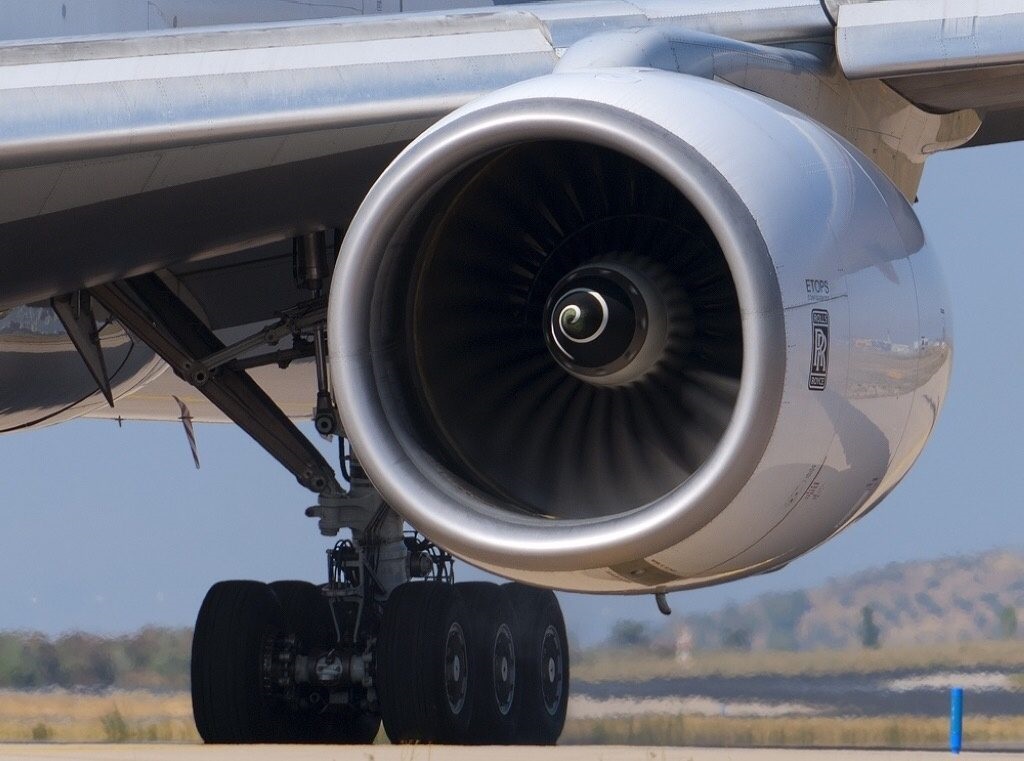
In general, the main challenge with starting a turbine engine is ensuring there is sufficient airflow before introducing fuel. If the compressor blades are not pushing enough air through the engine, introducing fuel and beginning combustion will cause the engine to overheat and will damage it. This is called a hot start.
So, every jet engine uses one or more methods to spin the compressor to a safe speed (usually around 10% to 30% N1 [maximum RPM]) before beginning combustion:
Auxiliary power unit: This is a smaller turbine engine that generates high-pressure bleed air, and is powered from the same fuel tanks as the regular engines. Bleed air from the APU is used to spin the turbine blades. The APU, being smaller, is usually started with a battery. Most jet engines use this method.
Battery: Older or smaller jet engines were started directly using electrical power, either from a battery or an external power unit.
Jet fuel starter: This is also a gas-generating turbine, but unlike an APU, it does not function independently of the engines. The JFS is directly linked to the engine it is starting and can’t be used for any purpose other than starting the engine.
Cross-bleed start: With this method, bleed air from an already-running engine is used to start another engine. This is a common feature on multi-engine aircraft and is a technique used to restart a failed engine.
Air start unit: The so-called “start cart” is a wheeled airport utility that can be carted over to an aircraft. It provides high pressure air to the engine to start it. This is typically used when an aircraft’s APU is nonfunctional. Start carts are at every major airport.
Tim Morgan (Airline transport pilot and CFII)






